Content
Raising quails on farms is quite a profitable business, so many people do this not only in private homes, but also in city apartments. Costs for keeping quails small, but healthy, tasty meat and equally healthy eggs are always on the table. To keep chicks, you can use the most ordinary cages from a pet store, but the chicks will grow much better in “houses” - brooders. The article is devoted to how to make a brooder for quails with your own hands. The drawings, videos and photos given in the article will help you build a good room with your own hands.
Bruder: what is it
This is the room where the chicks that are born are kept. Quails stay in the house until they are three to four weeks old.
The device is equipped with infrared lamps, which serve simultaneously to provide light and heat the room. In addition, the room for quails is equipped with feeders.
The microclimate indicators in the brooder are as follows:
- The initial temperature in the brooder is 35-37 degrees;
- When the birds reach 10 days of age, the air temperature is reduced to 30 degrees;
- Three-week-old teenage chicks are moved into cages with adult birds.
Brooder requirements
First of all, it is the presence of a good heat source. As already mentioned, the heat source is an infrared lamp. In addition, an automatic thermostat is also required. The infrared lamp also serves as a light source. For the first two weeks, you need to keep the lighting on constantly. Exposure of chicks to infrared radiation accelerates their puberty.
Feeders and drinking bowls are also special. The feeding scheme used for adult birds is unacceptable. Otherwise, maintaining order in the brooder will be quite difficult, and young livestock will die in a dirty room. It is necessary to arrange drinking bowls and feeders so that they exactly match the size of the room.
- Convenient for putting things in order in the room.
- Reliability, structural strength.
How to choose the right materials
The first thing you need to pay attention to before making a quail brooder is the selection of materials. Since the structure is intended for repeated use, it is necessary to select durable and high-quality materials for the brooder:
- A board or plywood sheet with a thickness of 2-3 cm. The wood must first be treated with an antiseptic compound. The use of fiberboard sheets is acceptable, but such a structure will last less than a board or plywood sheet.
- To make a brooder, you can use polycarbonate. The material is durable and very hygienic. Washing the polycarbonate structure is a real pleasure. But polycarbonate also has a significant drawback.It does not allow air to pass through, so the chicks will not be very comfortable, even if you establish high-quality ventilation.
- The front wall of the brooder can be made of metal mesh with cells 10 x 10 mm. While the quails are very tiny, use a mesh with a cell size of 5 x 5 mm.
Dimensions
It all depends on how many chicks you plan to keep in your “new home” and where you plan to place the brooder. A house measuring 700 x 500 x 500 mm can comfortably accommodate a hundred quails. After about two weeks, the chicks will become cramped, and you will have to think about relocating the babies or getting a more spacious quail house.
What is needed for construction
Let's look at what is needed to make a quail brooder measuring 700 x 500 x 500 mm. The internal height of the room is 400 mm. Here's an interesting video:
The construction of the brooder is carried out in the following sequence.
- Container.
- The bottom of the cage and the litter box.
- Installation of lighting system and heat source.
To make a quail brooder with your own hands, you will need.
- Plywood sheet 1520 x 1520 mm.
- PVC panel.
- Metal grid.
- Self-tapping screws
The dimensions of the side walls of the brooder (2 pieces) are 480 x 800 mm. The dimensions of the ceiling, bottom and rear wall are 700 x 500 mm. In addition, two bottom parts with a mesh (660 x 20 mm) and two skids for the pallet (640 x 50 mm) are made. Door dimensions – 400 x 445 mm.
Assemble the brooder in the following sequence. To extend the pallet, the same principle is used as for furniture drawers.2 end strips and 4 plywood strips for the sidewalls are made.
For the stiffeners, a wooden beam is used, only 4 parts. The stiffeners are fixed to the side walls using self-tapping screws. After this, the three walls are connected to each other using self-tapping screws.
Before assembling the front of the brooder, a frame is made. Hinges are mounted on the front part of the side slats. Now you need to mount the doors. They can be made with or without a mesh. You need to make sure that the doors open freely.
Now all that remains is to connect the ceiling and bottom parts of the brooder. The bottom is mounted according to the sandwich principle: the mesh is inserted between the slats and secured with self-tapping screws. You also need to take care to install a fine-mesh bottom for newborn quails. It must be used to prevent kids from falling through.
The principle of installing the manure collector is the same as for the bottom of the brooder (instead of a mesh in the “sandwich”, galvanized metal or plastic is used). A strip of plywood sheet must be attached to the outer part of the pallet. The droppings will not spill out.
The last stage of brooder construction is the installation of infrared lamps. If the room is spacious enough, then they can be installed on the back wall. A thermometer for monitoring air temperature is placed in such a way that its scale can be seen through the door.
Feeders for brooders are preferably of the bunker type, which are attached to one of the walls. For the manufacture of trays, a metal profile or a plastic pipe is used. The end parts are equipped with plugs. To prevent the chicks from wasting food, it is covered with a metal mesh. The following types of drinkers can be used in a brooder.
- Open.
- Cupped.
- Vacuum.
- Nipple.
The most preferable is the last option. Birds will not splash water.
Features of heating and lighting
The option with infrared lamps is not a bad thing, but for a very large number of chicks this method cannot be called economical. If you use a large number of these lamps, energy costs will increase. Therefore, for large brooders it is advisable to use film elements for the “warm floor” system. A low-power light bulb is quite enough to illuminate quails.
Tips for using a brooder
- Chicks should be placed in a new home no earlier than six hours after birth. The chicks will have time to dry out and get used to their surroundings.
- Don't forget to watch for young quail. If they lose a feather, it means there are drafts. At the same time, we must not forget about ventilation. The brooder should be free of dust and hydrogen sulfide odor.
- Quail is a rather nervous and timid bird, so it is important not to go near the brooder unless necessary.
- If by the time the chicks appear you have not had time to build a high-quality “housing” for the young, you can use a cardboard box with ventilation holes and a light bulb installed inside for temporary housing.
Of course, you can also purchase a ready-made brooder. But doing it yourself is not at all difficult, interesting and not at all burdensome on the wallet!
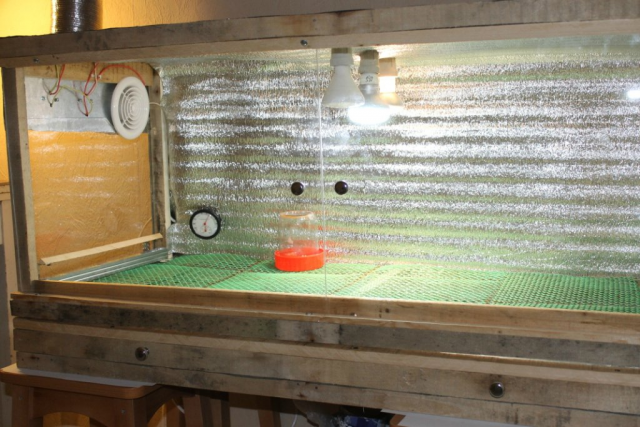
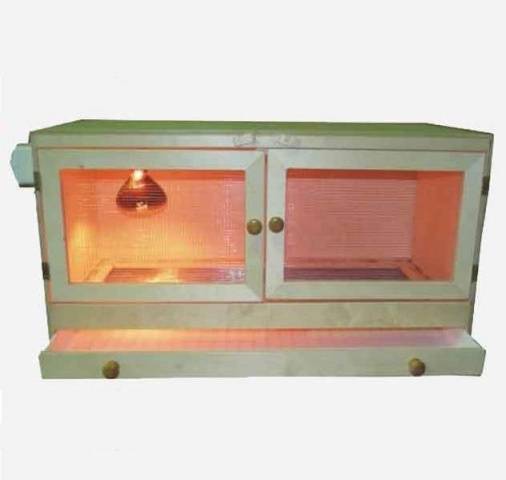
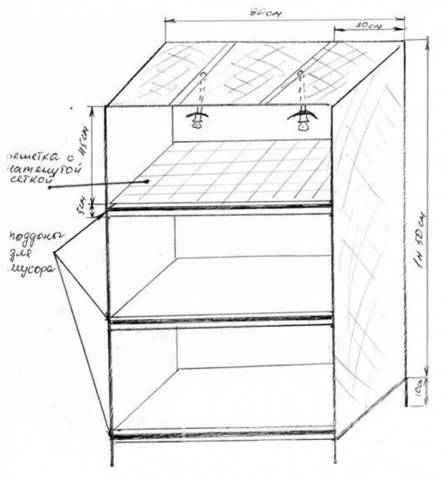
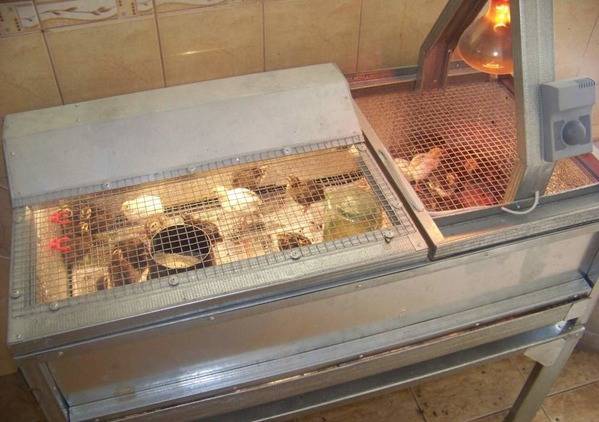


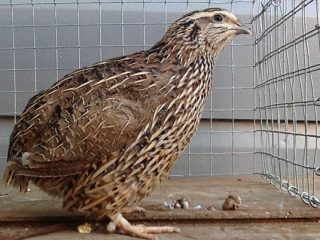
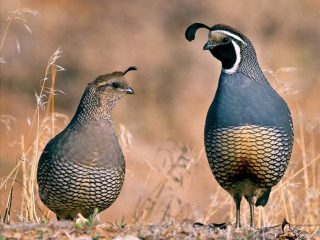

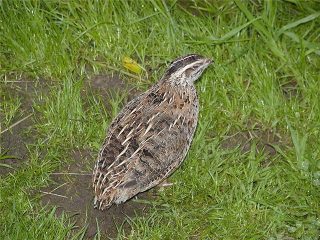
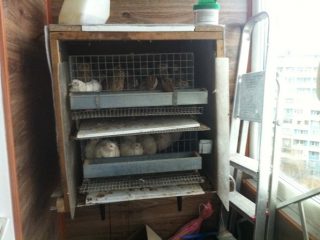
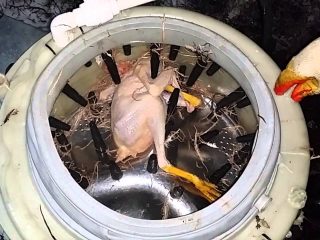
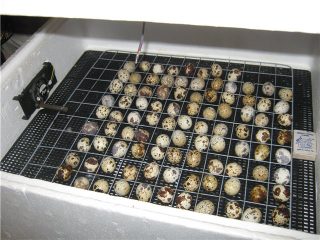
Your materials on raising quails are interesting, but they are mainly about individual (family) keeping and raising quails. Please write about large industrial quail farms. Thank you !